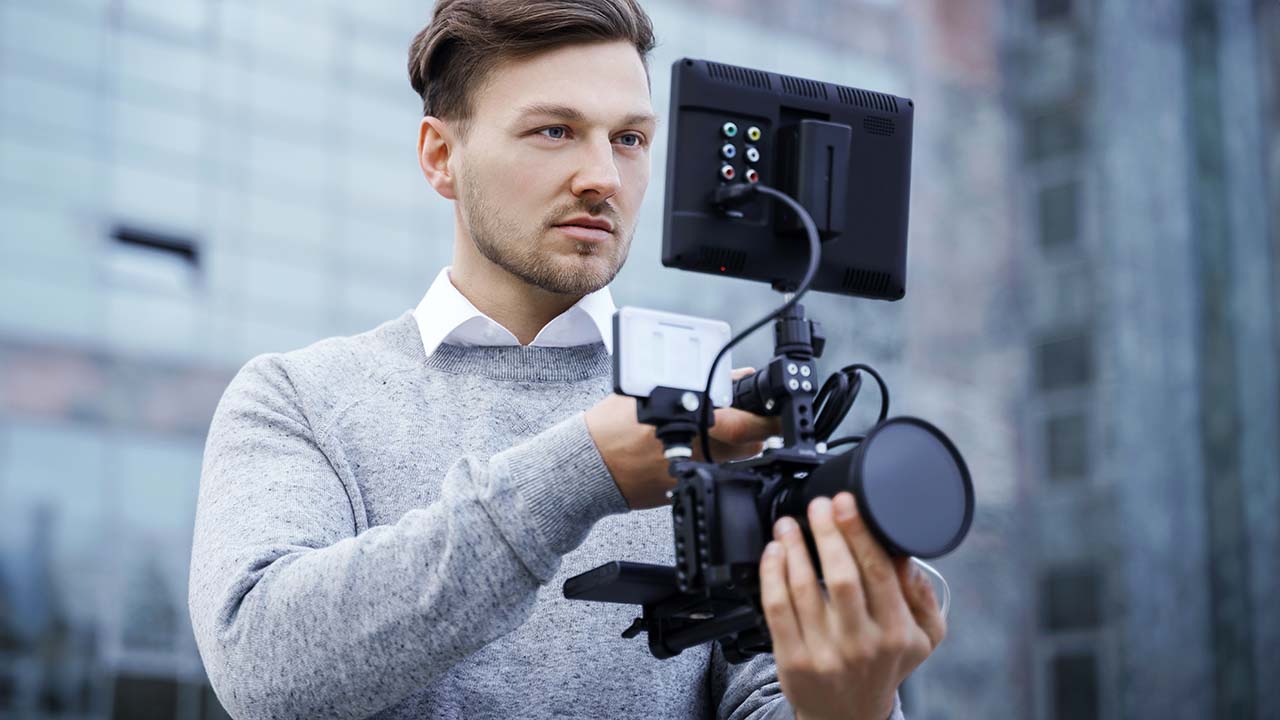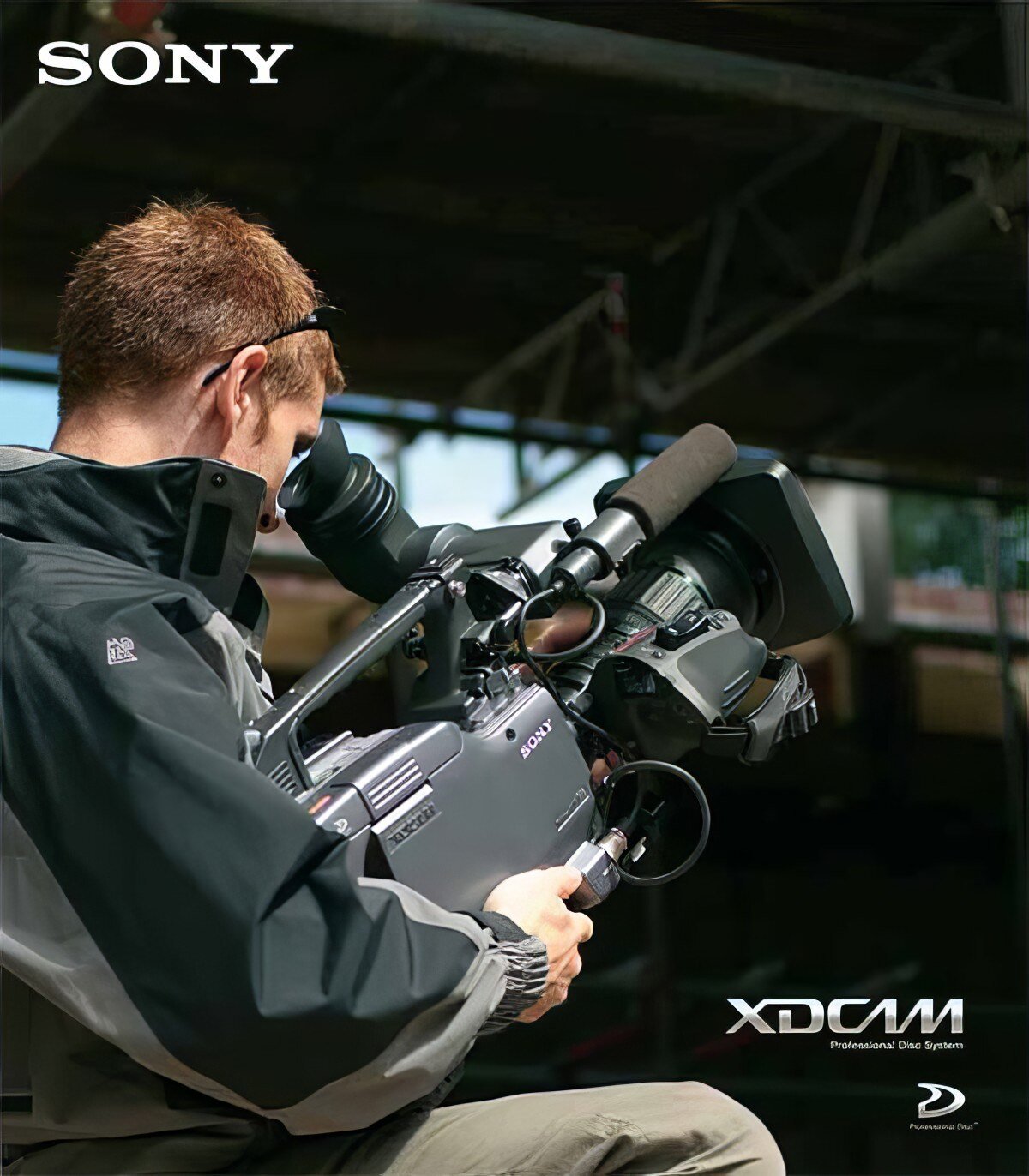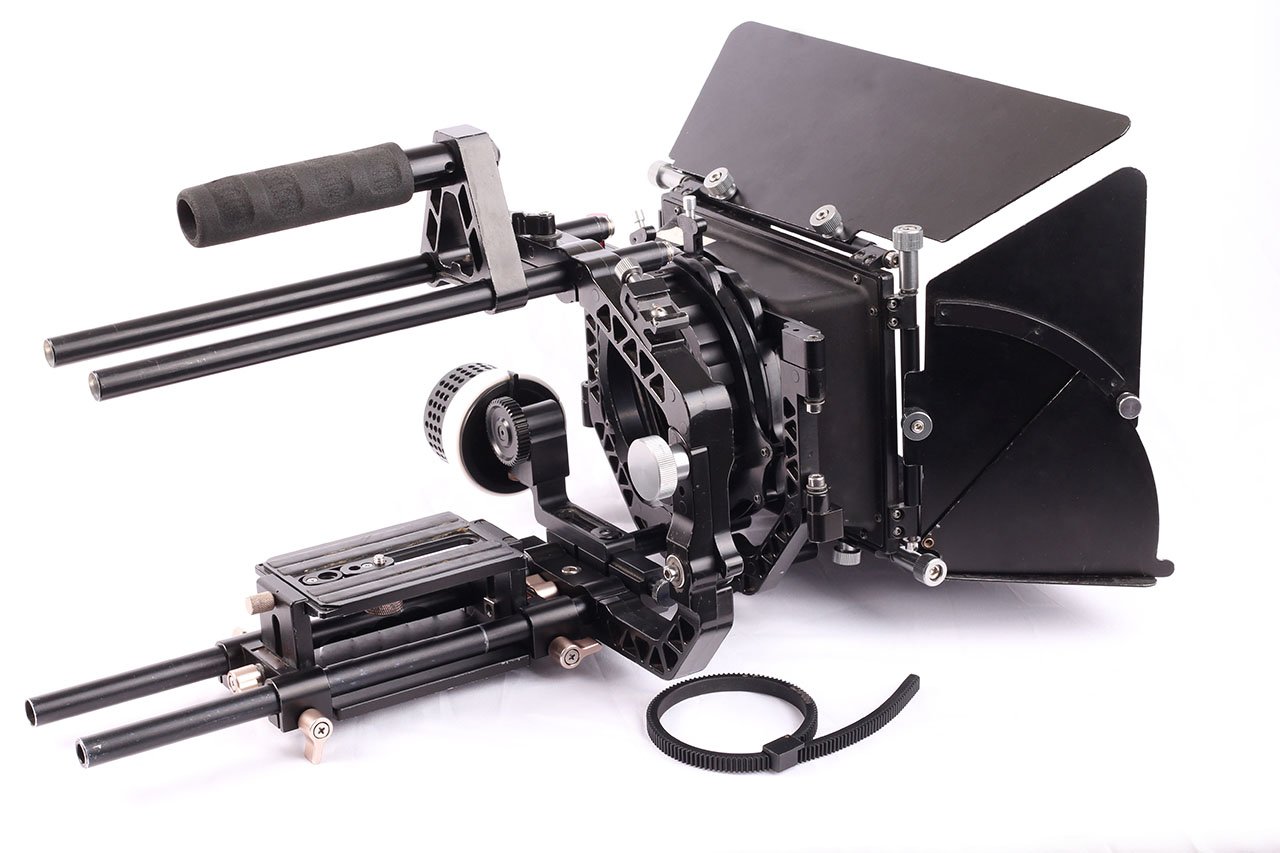
The ergonomics of modern video cameras is a topic that barely gets a mention now. Have we become so used to poor ergonomic design that we are simply numbed to it now?
These days, cameras are not particularly interesting. As someone who writes about cameras, and has used them in a professional capacity for over 25 years, this might come as a surprise for to you. It's not that I've become disinterested in cameras, but that much of the focus I've seen placed upon them in recent years seems squarely aimed at specification porn rather than how they are used. I'm of the strong opinion that if you don't feel like you can make something compelling to watch with pretty much any video camera from the past decade, you might be in the wrong business or hobby.
A camera with the best image quality in the world is nothing unless the person using it knows how to compose a shot. Likewise, even the best looking footage is pointless unless it fits into an engaging edit. However, there's one aspect to camera design that can assist hugely with how it feels to work with one. It's an aspect of design that can even affect your creativity. I am talking, of course, about ergonomics.
At one point in time, ergonomics in camera design was something that had some degree of importance placed upon it. Having used Super 8 cameras a lot recently, I'm struck by how good they are to hand hold, due to the pistol grip style design. The cameras are also pretty light, too. Previously, I extensively used ENG shoulder mount type cameras in my former life. ENG design came about because somebody, somewhere made the realisation that professionals actually needed something that they could use all day long.
It does have to be said that ENG cameras were pretty heavy, and they have been responsible for a fair few back injuries over the years. But, despite the long term effects of their weight, they were well balanced and easy to use. Things were made even better with the industry standard VCT-14 style tripod plate, which any user of such a camera would have. This meant that going from handheld use to a tripod was ultra fast and convenient.
I could, for example, go from handheld, to a tripod, and then even to a pre-balanced Steadicam rig in no time at all by having a VCT-14 on each mount. Once you had a VCT plate or two, you were set. Replace your ENG camera? No problem, the new one would work with your existing setup.
Today, although you could still rig up a camera to use a VCT-14 style plate, such an arrangement is very rarely seen. It's possible to use Arca Swiss style plates, which are some sort of attempt at a standard, although in my experience I've encountered so many different manufacturing tolerances between plates that it has hardly been a quick way to switch mounts.
Put succinctly, with ENG cameras, all of this was thought of from the beginning. In order to attach an ENG camera to a VCT-14 plate, you didn't need to purchase anything extra to mount to the camera. All ENG cameras could clip into the plate right out of the box. It was an industry standard the likes of which we haven't seen in any other design of camera since.

In my previous life as a brochure model... I mean a professional camera person. My cameras only went downhill in ergonomics from here.
Balance
Something that has been discussed on RedShark in the past is the idea of balance. ENG cameras could balance on the shoulder easily, because it was a primary design consideration. They were also easy to use in a lower 'cradle' position as well. Some of this comes from the sheer size of those types of camera. They weren't exactly compact! But, as JVC proved with its 1/3" range of interchangeable lens shoulder mount cameras, such ergonomics can still be achieved in a compact design.
"But, Simon!" I hear you cry, "nobody uses cameras off the shoulder any more!" To that I would ask you, why?
Is it because shooting off the shoulder is old school and something from the past? Or is it just that rigging a camera up to be able to do it now is such a pain and expense that nobody can be bothered?
The simple fact is, that being able to shoot off the shoulder is one of the best ways to film run & gun documentary and a whole heap of other genres. It's a stable platform to get solid footage without a tripod. It's way faster for shooting news and fast moving events, and yet hardly any of the popular cameras in use today are setup or designed to be able to do it. I would also suggest that current camera design is one big reason why manual focus is barely ever used now. Even mounted to a tripod, a shoulder style camera design is great to use in manual configuration. The unwieldiness of modern, small cameras, particularly handheld, make the process much more difficult.
Sure, if your aim is to shoot 'cinematically' with slow moving, graceful shots on a slider or gimbal, then you don't need such fast functionality. But, I would argue that it should be something that is easily available to you, should you want it. Watch any Hollywood action movie BTS, and you'll see that one of the most common ways to operate the camera is still handheld on the shoulder.
I'm a big advocate for tripod shooting, but having the ability to easily go from a static mount to handheld shooting for long periods without needing forearms made from steel, I would say is pretty important. Yet, because the most dominant form of camera today in both prosumer and low-end professional spheres is either a mirrorless camera or less so, a 'professional' camcorder that has a handycam style body, thoughts of handheld ergonomics have been flushed down the toilet.

It looks cool, but surely there's a better way than all this now? Shutterstock
Third party rigging
The third party aftermarket style shoulder rigs that are available tend to be cumbersome affairs, with handles sticking out everywhere, as well as often being front heavy unless you have extended rails and some sort of counterweight. It's a side effect of mirrorless cameras being so popular in a world where buying a dedicated video camera is much rarer than it once was.
But, even in the dedicated video camera arena, things aren't much better. If we look at Sony's mid-end camcorder range, there's the FX6 and FX9. The FX9 is what's considered to be a "semi-shoulder mount design". In other words, there's some thought that it might be mounted onto someone's shoulder, but not so much that it's an absolute design priority. The nod to the idea that it can be shoulder mounted comes in the form of a handle that gets in the way of every other type of mounting scenario, and a shoulder pad.
The inclusion of handles like this stems from many of the third party shoulder mount solutions, which popularised the idea. In turn, those seemed to originate from people watching the big 35mm Hollywood rigs and thinking it looked cool. Sticky out handles, though, are just extra bits that get in the way. There's no real need for them other than to make you feel like you're on a Hollywood set. Why is it so difficult to design some sort of rig, or all in one camcorder, that has clean lines with no awkward sticky out bits and that can be balanced in use, no matter where it is mounted?
Unfortunately, part of the problem is that a lot of people like to add all manner of sticky out bits onto their cameras. Everything from giant monitors to SSDs, requiring a hydra of wires and stuff to hit and knock off in every day use, even if the person in question is filming a family holiday. But hey, it looks 'professional".
JVC showed good compact design could be done years ago, but it seems that we have all become so used to how cameras are designed now that we just accept our fate. Resigned to a life of having to buy entirely new cage and rig system each time we change camera, even if it's just another mirrorless one. All the focus is on frame rates, dynamic range, pixel counts and autofocus; all aspects of technology that matured to a state of 'good enough' years ago. Now, let's start demanding more when it comes to ergonomics and mounting standards for a change.
tl;dr
- The focus on camera specifications has overshadowed the importance of ergonomic design and usability in recent years.
- The ergonomic design of cameras impacts how they feel to work with and can even affect creativity.
- Historically, ENG cameras prioritized balance and ease of use.
- The lack of emphasis on ergonomic design in modern cameras has limited functionalities such as shooting off the shoulder and using manual focus effectively, impacting their suitability for various shooting styles and genres.
Tags: Production Cameras


Comments